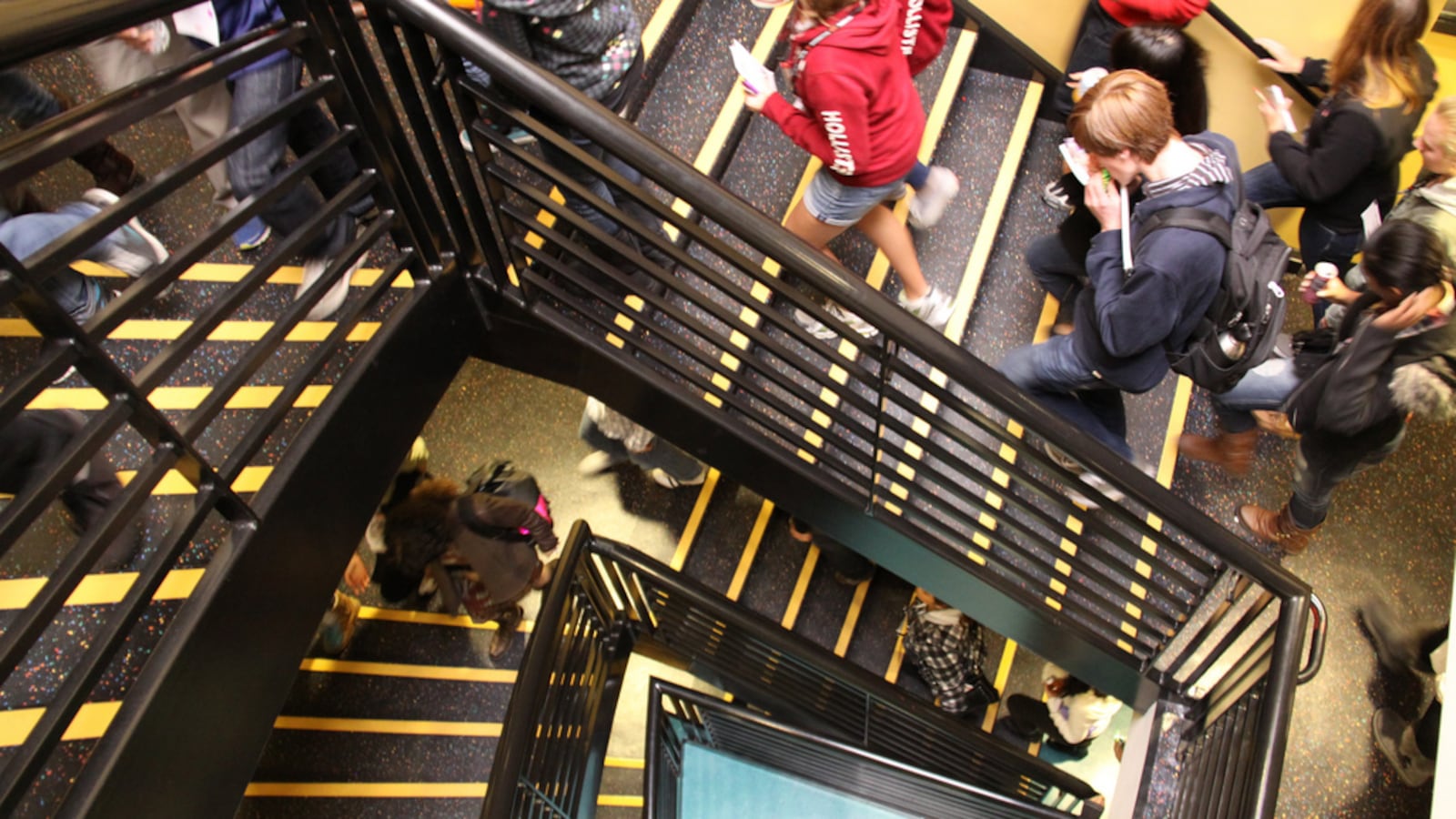The country’s smallest state tried to accomplish a big task in 2012: improve its struggling schools without firing principals or making other dramatic changes.
Instead, Rhode Island gave schools the option to do things like add common planning time for teachers, institute culturally appropriate instruction for students, and expand outreach to families.
A new study on those efforts says they didn’t help — and in some cases may have even hurt — student achievement.
It’s the latest in a string of research painting a grim picture of school turnaround efforts under the No Child Left Behind waivers the Obama administration granted to states. Recent studies show that those turnaround plans did not improve student achievement in Louisiana or Michigan, though they did have a positive effect in Kentucky.
The analysis, published in the peer-reviewed journal Educational Policy, leaves states in a tough spot. Under the new federal education law, ESSA, they are still required to identify and intervene in the lowest performing 5 percent of schools. What to do, though, has perplexed education policymakers for years.
The Rhode Island study suggests one option that may not be effective, at least at raising test scores: simply letting struggling schools choose from a menu of broad changes.
The researchers, Shaun Dougherty and Jennie Weiner of the University of Connecticut, looked at two tiers of struggling schools in the state: “warning” and “focus” schools. Schools in both categories had to choose four changes to make. Focus schools, the lower-performing group, had to select from a prescribed list, while warning schools could also could come up with their own strategies.
“Almost none of the schools chose the most severe options because of none of them had to,” said Dougherty.
Based on two years of data, the results were largely discouraging. Turnaround schools did not boost reading or math scores more than comparable schools that didn’t have to make any changes. And the focus schools, which had to make even more changes, actually seemed to do worse than the turnaround schools that made fewer.
“More interventions might not always be better and may have unintended consequences that impact a school’s long term ability to improve,” write Dougherty and Weiner.
An important caveat for the studies in Rhode Island, Michigan, and Louisiana, which all used a similar method, is that it’s impossible to know how the accountability system affected schools that narrowly avoided being labeled low-performing and served as the comparison group for the turnaround schools. If those schools made extensive improvements for fear of facing turnaround in future years, that might mask gains in the turnaround schools.
Still, the latest research adds to the pile of studies showing the challenges of improving long-struggling schools.
Another Obama-era federal school turnaround program — School Improvement Grants — also showed disappointing results. Schools receiving those grants also had to implement a broad array of strategies, but had less power to choose which changes to make. The grants also came with additional federal money and in most cases required firing the principal.
There is some evidence that providing additional money and support, paired with a requirement that schools replace a significant share of staff, is a more promising approach. But this is challenging to implement in areas where teachers are scarce and can prompt fierce political and community pushback.
In fact, back in 2010, the Obama administration faced one of its first major rifts with national teachers unions after it backed the large-scale firing — consistent with federal turnaround rules — of teachers at a Central Falls, Rhode Island high school.
Few schools ended up implementing such a drastic approach, though. In Central Falls, the district ultimately agreed to rehire all of the fired teachers.


